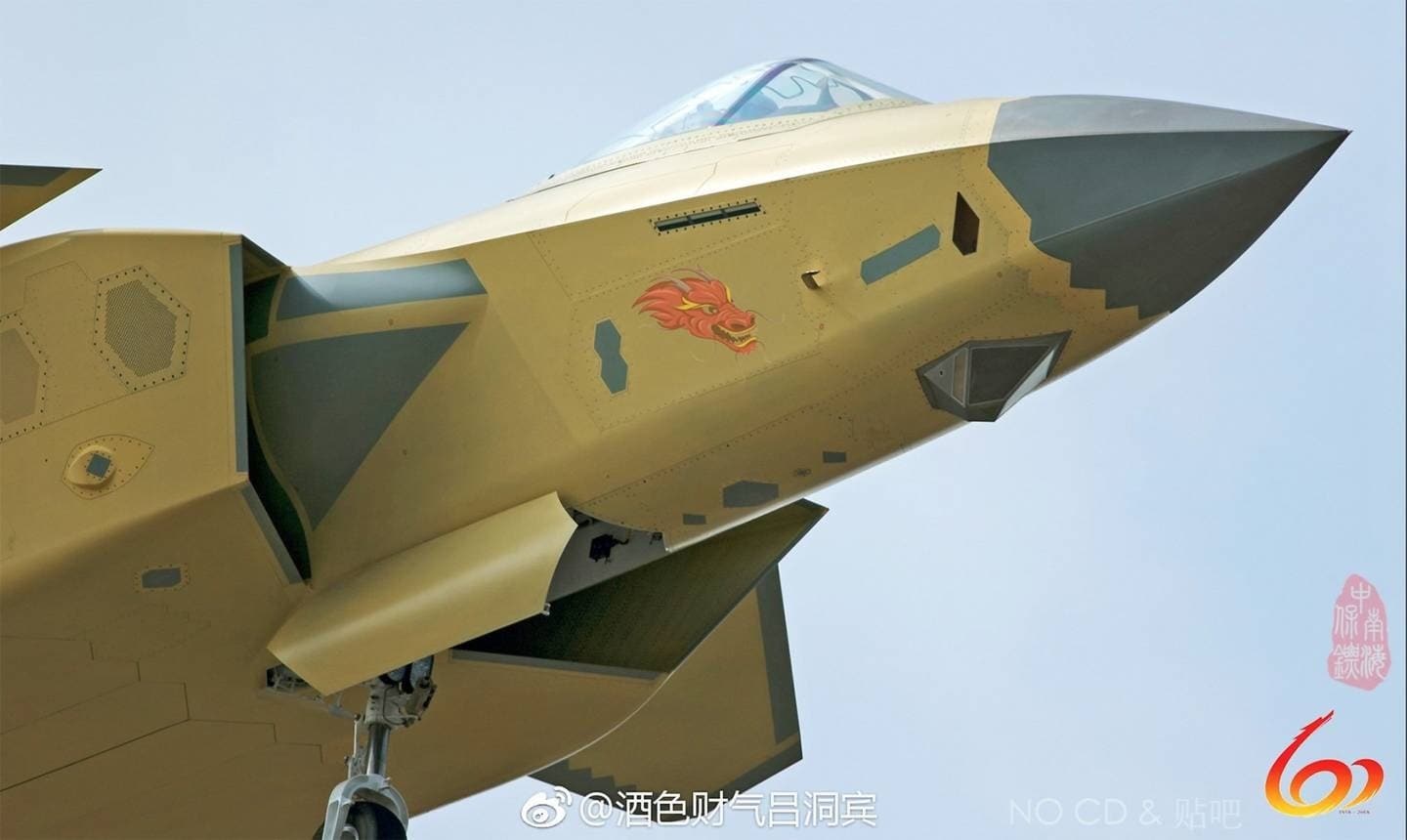In early February of last year, analysts, planners, and military leadership all thought that should Russia actually decide to invade Ukraine, the conclusion was foregone.
Many predicted a Russian blitz lasting three to five days and ending with Ukrainian leadership, including President Zelensky, fleeing the country while Russia set up a puppet regime. Russian paratroopers in Hostomel Airport on the outskirts of Kiev and a massive convoy bearing down on the city from the North seemed to bear out this theory.
However, the tide swiftly turned and now, just over a year and a half later, the resilience, bravery, and tactics of the Ukrainian Armed Forces (UAF) have stunned the world and turned the strategic situation in Ukraine into one in which the UAF may actually succeed in driving the Russian invaders entirely out of the country – a proposition that seemed impossible at the outset of the war.
Military leadership the world over has taken note of the performance of the UAF and in certain cases – such as where a smaller country is threatened by a much larger neighbor – have paid close attention to the tactics employed by the UAF to hold off the Russian military.
One such country is Taiwan, who last week released their National Defense Report, a document detailing the readiness of their armed forces as well as upcoming challenges and plans to meet them. This iteration of the Report clearly draws on lessons learned in Ukraine to take on the challenge of Chinese aggression; fight a war of attrition, fight asymmetrically, and invest in domestic arms development and manufacturing.
Taiwan Has a ‘Bloody Blueprint’ to Fight China
One of the major issues facing the Russian military in Ukraine is that it is a sustained, grinding conflict. These wars of attrition nearly always favor the defender, as they fight closer to supply hubs and have the added morale of fighting in their homeland. The Taiwanese report demonstrates the desire to turn a conflict with China into such a fight:
“By integrating all-out defense capacity and taking long-range denial and multi-domain defense approaches, it will impose unacceptable risk and cost on any enemy invasion against Taiwan to deter enemy ruthless aggression and safeguard our territory and sovereignty, national security and regional peace and stability.”
Taiwan has long recognized the massive imbalance between itself and China. It would be suicidal for the Taiwanese armed forces to engage in a set piece battle against the Chinese People’s Liberation Army (PLA). Fortunately, it is rather simple to make it incredibly difficult for the PLA to make gains on Taiwan, particularly in light of the ongoing situation in Ukraine.
Stopping China
The major factor protecting Taiwan is geography. The island nation is located across 97 nautical mile strait that is notoriously rough. Furthermore, there are only a few beaches suitable for landing amphibious assault forces. Should the PLA successfully establish beachheads, they will face a grueling slog alternating between mountainous and densely packed urban terrain with defenders harassing them at every turn.
One such harassment may include small suicide drones which have proven incredibly effective in Ukraine. This is one area the country can focus its defense industry and get a major payoff for a relatively small investment.
Maya Carlin, a Senior Editor for 19FortyFive, is an analyst with the Center for Security Policy and a former Anna Sobol Levy Fellow at IDC Herzliya in Israel. She has by-lines in many publications, including The National Interest, Jerusalem Post, and Times of Israel. You can follow her on Twitter: @MayaCarlin.

